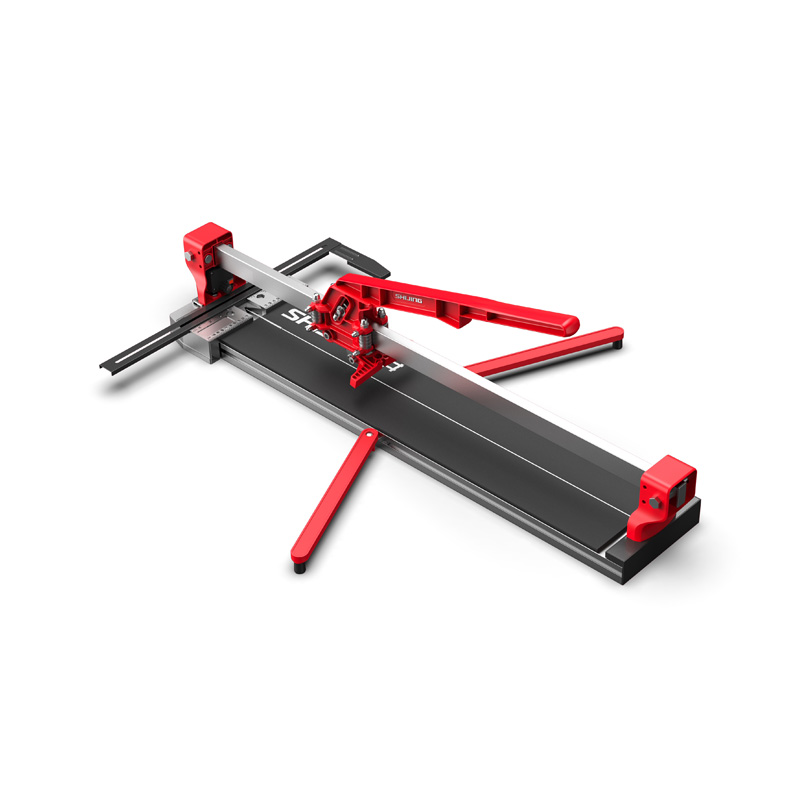You can learn the recent information of Shijing.

Installing tiles might look simple, but achieving that flawless, even finish takes more than just skill- it takes the right tools. Among all the equipment a tiler can use, the Tile Vibrator has quietly become one of the many practical helpers on the job. It doesn’t just make the work faster; it makes the results more reliable, helping tiles stay secure and smooth for years.
This tool brings science into craftsmanship, using vibration to remove hidden gaps and air pockets that can later cause cracks or loosening. Whether used on walls, floors, or large-format tiles, a Tile Vibrator helps every piece settle exactly where it should.
1. What Makes a Tile Vibrator So Effective
At its core, the Tile Vibrator works by delivering controlled vibrations through the tile surface. These vibrations spread the mortar evenly underneath and push out trapped air. When air pockets remain under a tile, they create weak spots that can cause unevenness or even breakage over time.
The result of using a Tile Vibrator is a tighter bond and a more stable surface. It’s the kind of detail that separates professional-looking tile work from amateur results. The consistent vibration also helps align each tile level with its neighbors, saving time on adjustments later.

2. Design Features That Make the Difference
Modern Tile Vibrator designs are built for real-world use. They’re compact, portable, and shaped to fit comfortably in one hand. The body is often made from durable aluminum or steel, strong enough to withstand daily use without feeling heavy.
Some versions are electric, offering steady vibration strength for long projects. Others are manual- lighter and easier to carry when working in areas without power. Many come with interchangeable tips of different sizes, so workers can match the head to the shape or thickness of their tiles.
A key feature is ergonomics. The handle design and balanced weight reduce hand fatigue, even during hours of continuous use. This makes it an ideal tool for both professionals and hobbyists who want consistent results without strain.
3. How to Use It for Better Tiling Results
Using a Tile Vibrator doesn’t require complicated steps, but technique matters. After spreading mortar on the surface and pressing the tiles into place, the vibrator is placed gently on the tile’s surface. A few seconds of vibration help the mortar spread uniformly underneath.
The frequency and vibration time can be adjusted depending on the tile type- for example, higher vibration levels are often used for thicker or larger tiles to remove deeper air gaps. Once the tiles are vibrated into position, a quick visual check ensures they are aligned and flat. The difference in stability becomes noticeable once the mortar dries- tiles feel more solid underfoot and are less prone to movement over time.
.jpg)
4. Why It’s Becoming a Must-Have Tool
For years, many installers relied only on manual pressing or rubber mallets to level tiles. But these methods can’t achieve the same even distribution that a Tile Vibrator delivers. By improving how the tile bonds to the mortar, it reduces the chance of uneven lines, hollow sounds, or future cracks.
It also saves time. Instead of constantly rechecking tile heights or reapplying pressure, the vibrator gives quick, uniform results. It’s especially useful when working with large-format tiles or natural stone, where precision and balance matter many.
As construction and renovation trends lean toward bigger, thinner tiles and polished finishes, the Tile Vibrator has become an indispensable part of modern tiling work- not just for efficiency, but for craftsmanship that lasts.
Behind every smooth, level tile floor or wall, there’s often a Tile Vibrator quietly doing the hard work. It’s not flashy, but it’s effective- improving adhesion, alignment, and overall finish. For anyone aiming to create professional-quality tile installations, it’s a tool that delivers reliability you can feel in every step and see in every surface.
 English
English 中文简体
中文简体 русский
русский Español
Español Deutsch
Deutsch
.jpg)
.jpg)
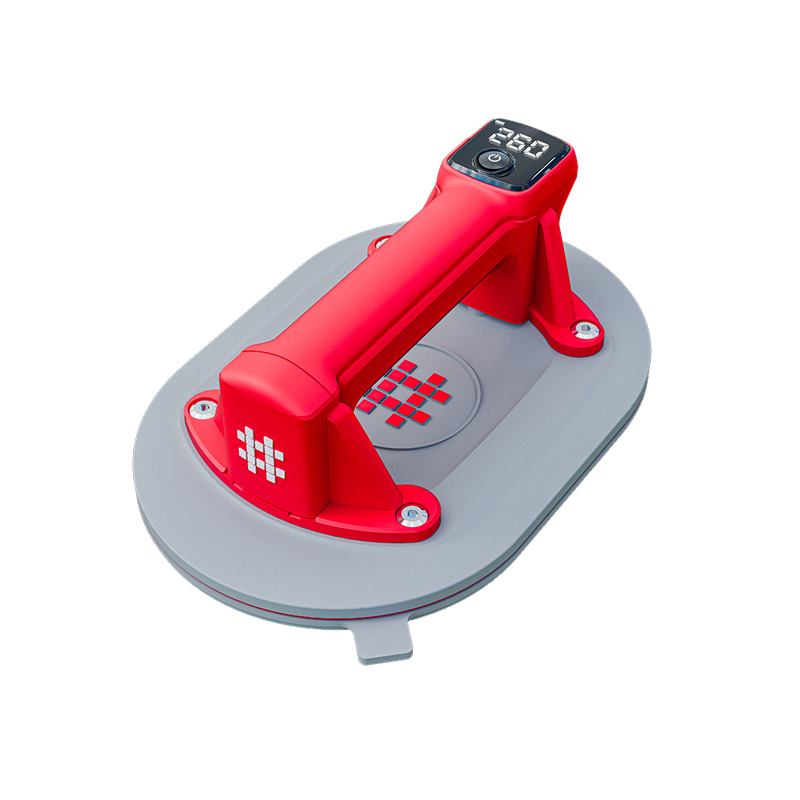
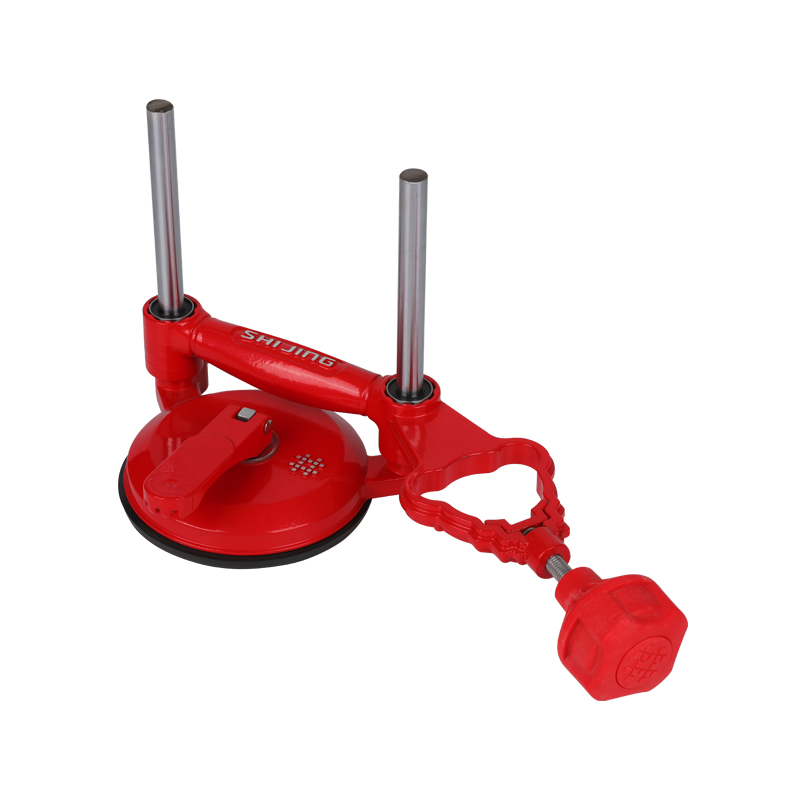
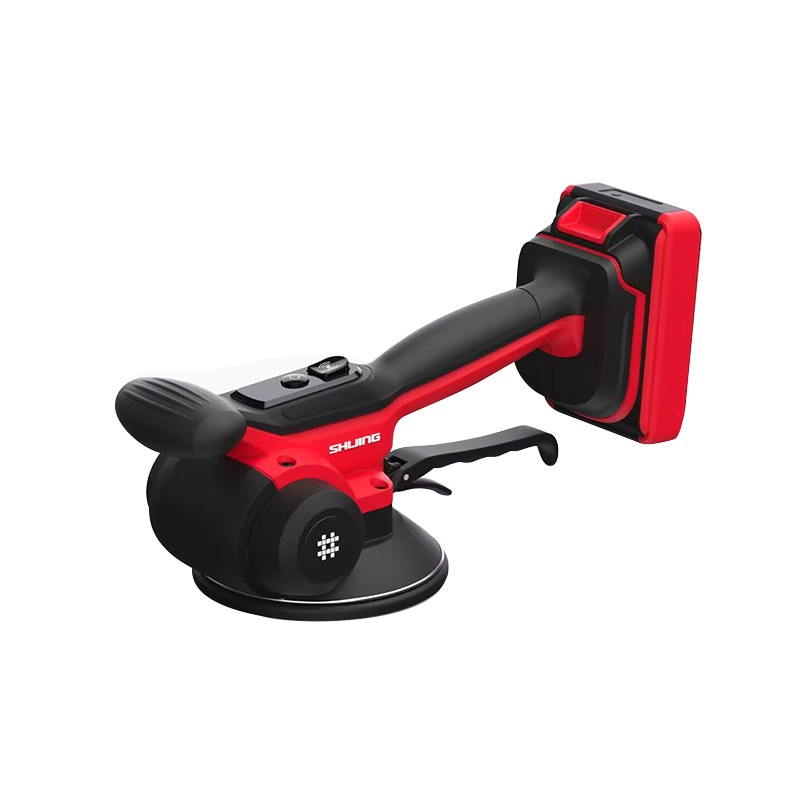
-2.jpg)
.jpg)
-3.jpg)


.jpg)
.jpg)
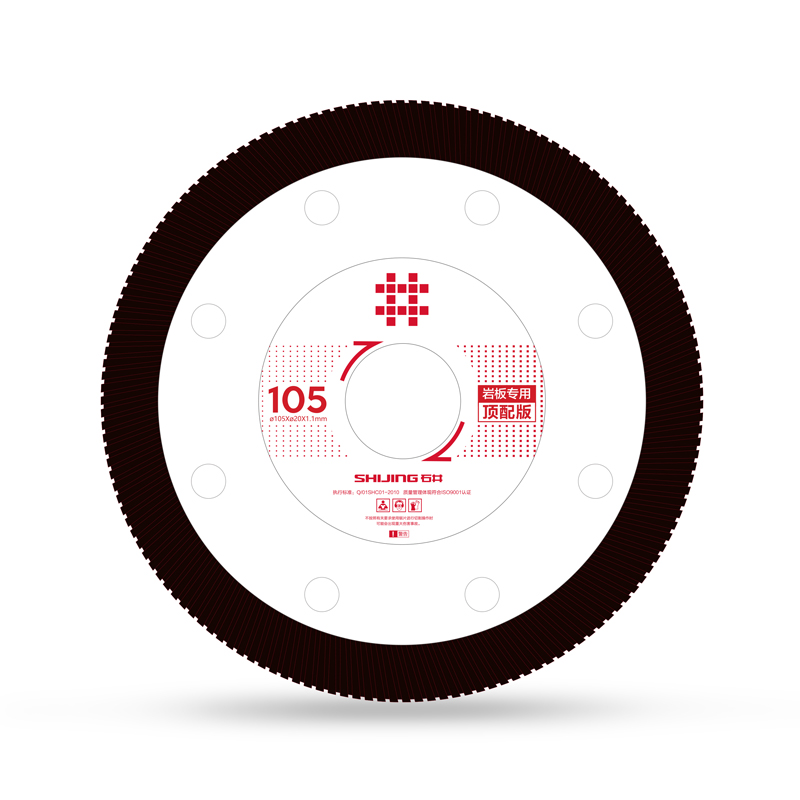
-1.jpg)
-5.jpg)

